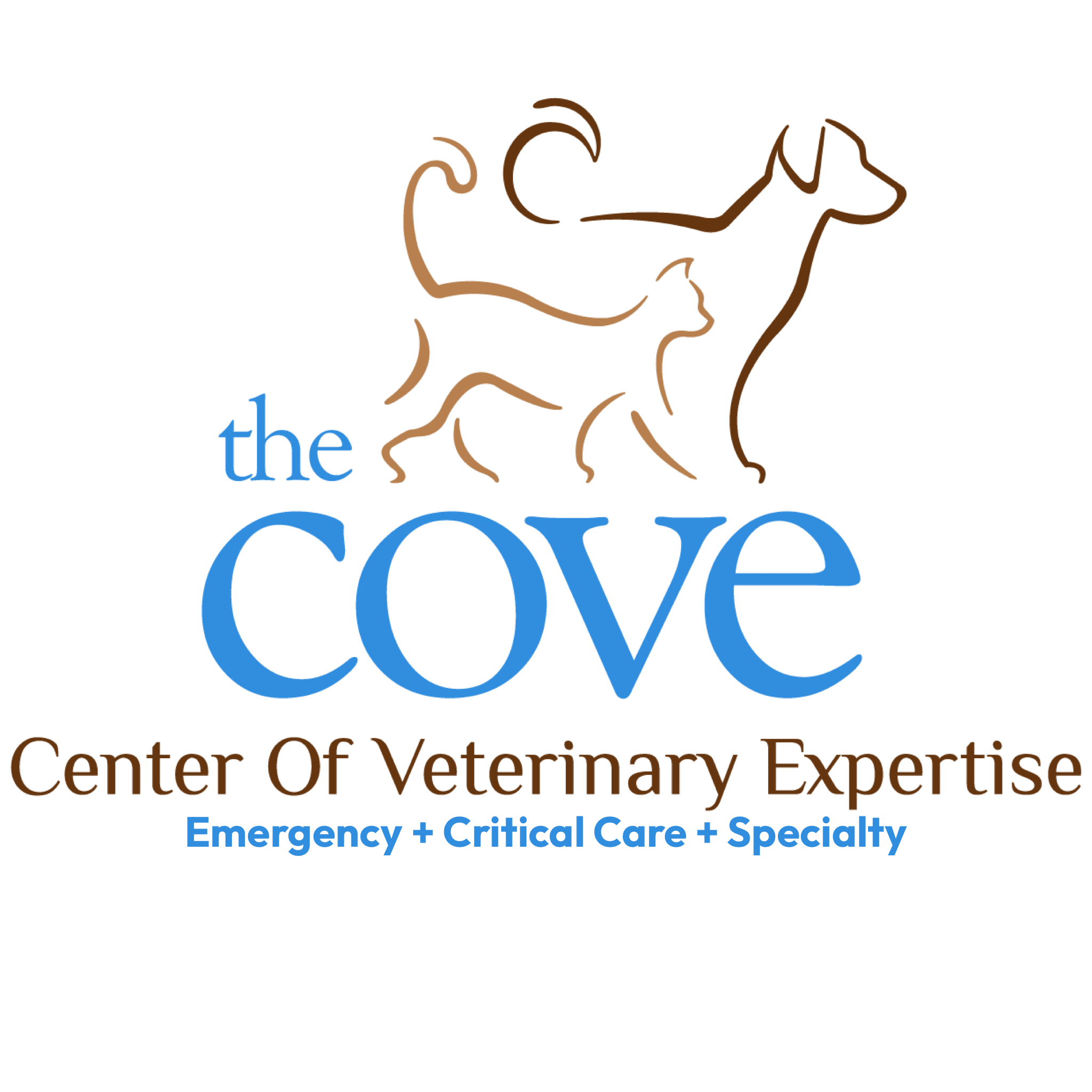Navigating Pet Obesity: How to Keep Your Furry Friend in Shape
Do you have a plump pup? Or a tubby tabby? Although those extra rolls might look cute and cuddly, the sad fact is that pet obesity has emerged as one of the single most significant factors threatening pet health today. The latest surveys found that 59% of dogs and 61% of cats in the United States are overweight or obese. Nearly a third of pet owners of overweight pets characterize their pet’s weight as “normal.”
Obesity in pets poses inherent health risks for them. And, as responsible pet owners, we all want to ensure our pets stay as healthy as possible. World Pet Obesity Awareness Day takes place in October (October 11 this year), so what can we all do to prevent and address this challenging condition? The experts at The COVE can help.
Risks of Pet Obesity
Because pet owners aren’t sure how to tell if their pet is a healthy weight, it’s possible they may not be aware of a problem. The simple truth is that pets who are overweight or obese have a shorter life expectancy than pets at a healthy weight. Pets who are obese face certain diseases and conditions at a greater rate, too. Here are some diseases that may be caused or exacerbated by obesity:
- Arthritis and joint pain
- Cancer
- Chronic inflammation
- Diabetes
- Heart disease
- Liver and kidney disease
- Hypothyroidism
- Respiratory disease
- Skin conditions
6 Ways to Help Obese and Overweight Pets
Most of us have some experience with trying to lose weight ourselves. However, starting a weight loss plan for your pet is rarely as straightforward as mindful eating and exercising more. That’s because your pet (like you) has specific nutrient requirements for optimal health that must be factored into any weight loss plan. This chart of ideal weight ranges is an excellent place to start. If your pet’s weight is above where it should be, it is best to schedule a veterinary visit as your first step.
Seek expert advice. Your best resource and partner for establishing a healthy weight and nutrition plan for your pet is your primary care veterinarian, which is one reason we advocate for regular annual wellness exams. Some diseases can cause pets to gain weight, so your veterinarian needs to rule those out before beginning any weight loss plan.
Crunch the numbers. Next, they will determine your pet’s Body Condition Score (BCS) and calculate your pet’s ideal or target weight. The veterinary team can also calculate your pet’s daily energy requirements to ensure you are feeding the proper amount. Our pets should not lose weight too quickly, or complications can arise.
Establish a healthy feeding plan. Your veterinarian can also recommend a therapeutic weight-loss food based on your pet’s age, breed, and activity level. Simply feeding a smaller amount of a maintenance diet may cause your pet to lose essential vitamins and minerals.
Measure, measure, measure. Measuring your pet’s portions at each meal is vital to weight loss. Ensure each member of the family who feeds your pet knows the proper amount and measures correctly each time. Many pets benefit from having smaller, more frequent meals to help them feel full and reduce begging.
Treat them well. We all love to treat our pets with yummy special rewards, but commercial treats are full of excess sugar and have almost no nutritional value. Instead, use fresh or single-ingredient treats for your dog or cat, such as pieces of cooked white meat chicken breast, raw carrots, green beans, cucumber, or cooked sweet potato. You will need to factor any calories from treats into your pet’s daily energy requirements to ensure you don’t overdo it, and always check with your veterinarian before modifying any diet plan for your pet.
Break a sweat. Exercise is good for pets and people alike, as a result, commit to 30 minutes of activity daily with your pet. Dogs can enjoy a game of fetch, a walk or hike, or even a swim. Cats will relish a game of laser pointer tag or treat scavenger hunt through the house and up and down their cat tree or climbing wall. Your pet will love the attention, and you’ll both reap the rewards of regular exercise.
Consistency is key with any new habit, so stick to your pet’s new feeding and exercise routine until they reach their goal. And consider a maintenance routine once their target weight is reached. Regular weight checks at your veterinarian help ensure the weight doesn’t creep back up as your pet ages. Call us at The COVE for any help or questions about pet obesity. We’re here for you!
About Us
The COVE’s veterinarians and staff wholeheartedly embrace the core values of community, collaboration, commitment, compassion, and integrity. This focus ensures that pets, the people who love them, and their primary care veterinarians have as positive and affirming a healthcare experience as possible, regardless of the circumstances that bring us all together.
